YLRADIO Website 2 METER DIPOLE ANTENNASALMON ARM, B.C. and his recently published book Outposts & Bushplanes - Old Timers and Outposts of Northern, B.C.
Radio frequency signals travel through space at the speed of light, which is 186,000 miles per second, which is about 982,000,000 feet per second. Antenna length is based on the distance the signal travels for each cycle of the signal. The 2 meter band has a frequency of 144 to 148 million, meaning the RF signal changes from plus to minus and back to plus, about 146,000,000 times per second. If we drop the zeros in our figures and divide the speed of the signal by the frequency, we get, 982 divided by 146 = 6.72. Thus, our 2m signal travels through space a distance of 6.72 feet, or 80.7 inches for each cycle. 80.7 inches is approximately 2 meters, which accounts for calling the band a "2 meter band." A true dipole has each of the two radiators (the wires in this case) one quarter wave length long. That would figure out to a bit over twenty inches for the wire length of our antenna, but radio signals travel a bit slower on the metal surface of the wire, than they do in space. This varies with the wire used, but will be up to about ten per cent slower. Antennas used on 2 meter band radios are almost always used in the vertical position, such as repeaters and all mobile units. Thus, for best efficiency this antenna should be suspended in the vertical position in use. It should be hung clear of metal objects, which is also why we used string to tie them up with, so they wouldn't be hooked onto a metal object. It should also be clear of a persons body by at least an arms length. We have the theory on making the portable, 2 meter dipole antenna, | ||||||
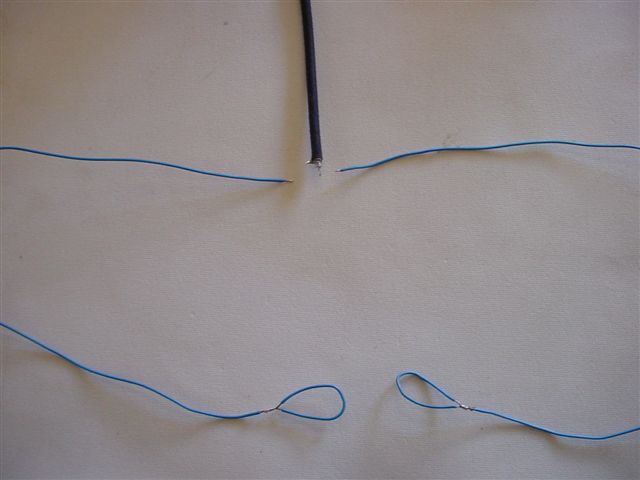 | 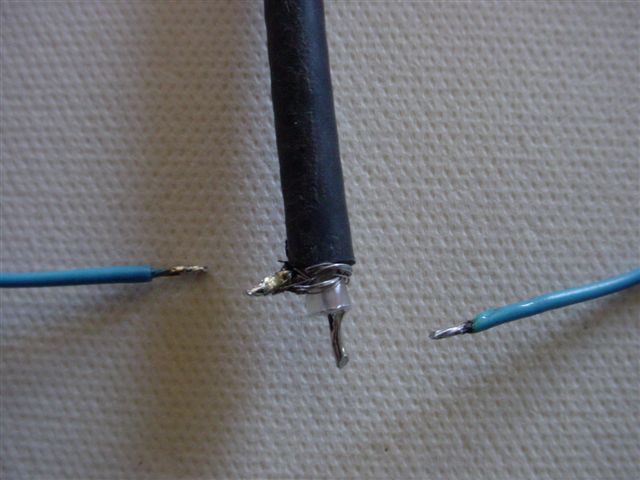 | 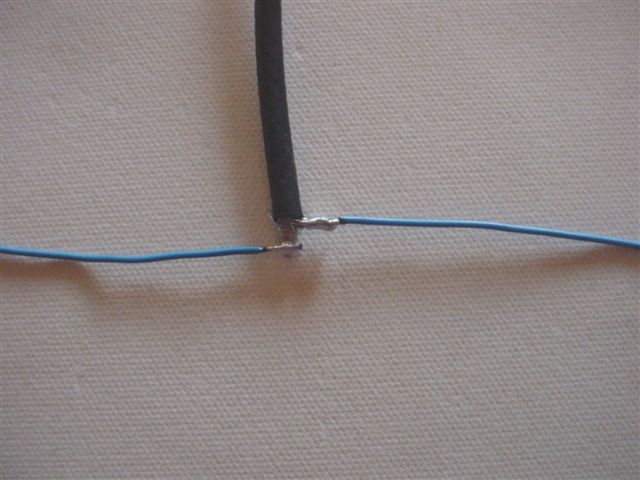 |
The kits we made which were assembled at the BC YL Amateur Radio Conference in Salmon Arm, contained components not readily available to an average ham. Pictures # 4 and # 5 show the details.
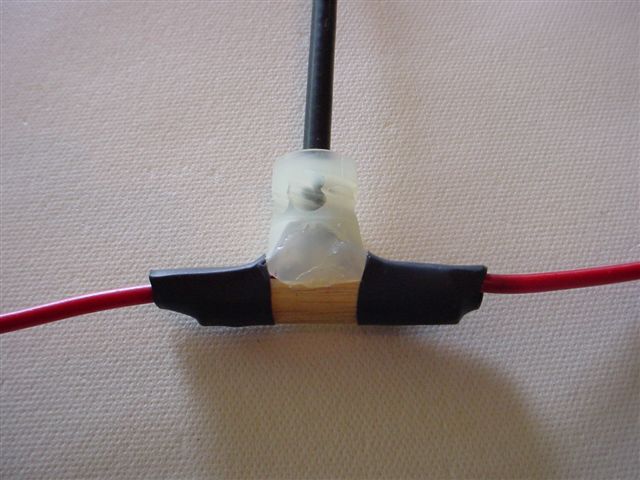 | 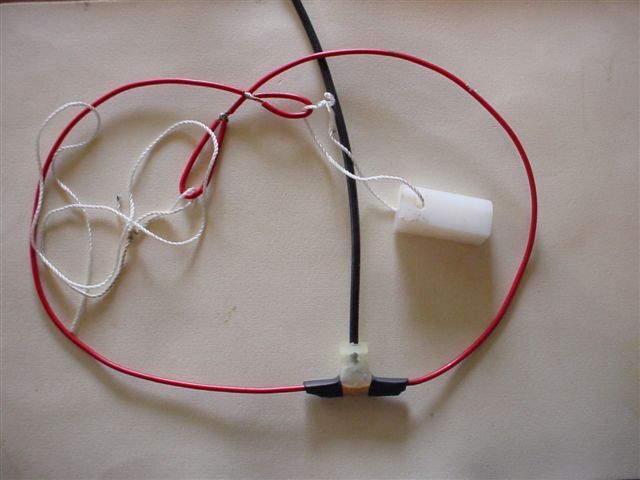 | 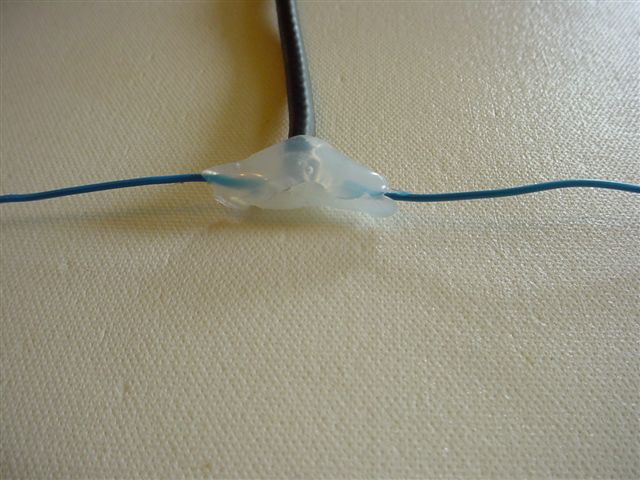 |
radiating wires perpendicular to the coaxe.
in the omni directional class.
�
BACKGROUND INFO ON: BRUCE LAMB VE7IUQ
His favourite activity on the HF bands is probably ragchewing and operating HF mobile. The picture shows Bruce mobile on 40 meters from his quad.
Bruce is also a bush pilot and a lover of the outdoors. He recently wrote his first book titled,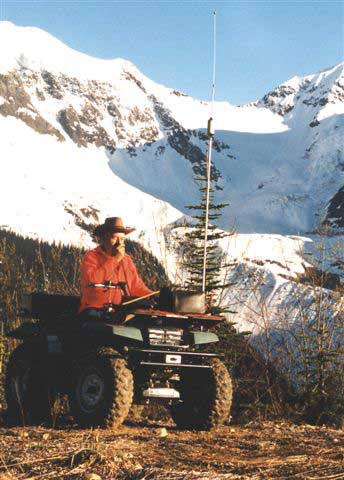
Bruce is not an oldtimer in ham radio. He is one of those who thought about it years ago, almost got going, then eventually went into it some ten years ago. He has an advanced licence with twelve wpm endoresment. As a member of the Shuswap Amateur Radio Club, Bruce spearheaded a special event station to commemorate the one hundredth anniversary of the Salmon Arm Fall Fair in 1997 and was able to secure the call sign, VA7F, the first one-letter call sign issued in Canada.
Old Times and Outposts of Northern, B.C.
(Published by Hancock House Publishers)
Bruce's, easy to read book, commemorates the vital role that pilots and engineers played in opening up British Columbia's northern wilderness, during the middle of the 20th Century.
He describes how he flew in and out of isolated northern bush areas and his memories of the many resilient characters he met during his travels.
Any comments: Email Bruce VE7IUQ
Page Designer: Elizabeth VE7TLK/VA7TK
![]()
 Full Wave Loop Antenna Page
Full Wave Loop Antenna Page
 YLRadio Home
YLRadio Home
![]()
2003 - 2015

